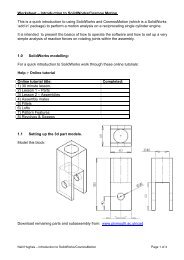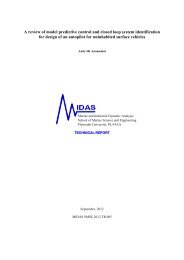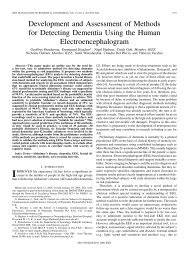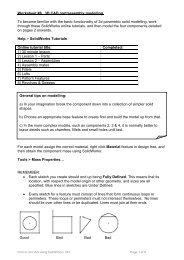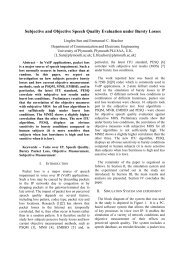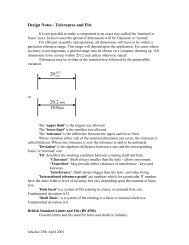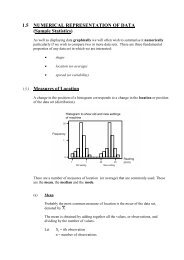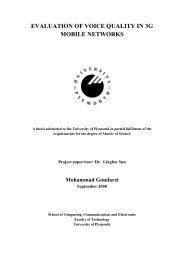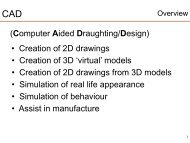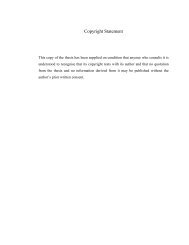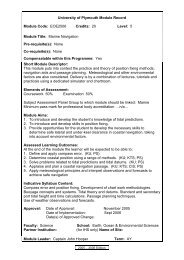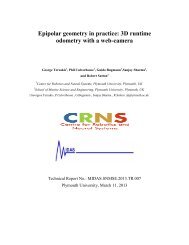Designing an Anaphora Resolution Algorithm for Route Instructions
Designing an Anaphora Resolution Algorithm for Route Instructions
Designing an Anaphora Resolution Algorithm for Route Instructions
You also want an ePaper? Increase the reach of your titles
YUMPU automatically turns print PDFs into web optimized ePapers that Google loves.
entities referred to in the actual situation. They, there<strong>for</strong>e, have no problem finding<br />
the right <strong>an</strong>tecedent <strong>for</strong> the <strong>an</strong>aphors. This example illustrates the me<strong>an</strong>ing of the<br />
term deixis which is used by linguists in order to explain phenomena “which relate<br />
utter<strong>an</strong>ces to the spatio-temporal coordinates of the act of utter<strong>an</strong>ce” (Lyons 1977,<br />
p.636, quoted from Webber 1991, p. 109). The deictic <strong>an</strong>aphors refer to entities in the<br />
spatial environment in which the speakers are situated.<br />
Following Webber (1991) <strong>an</strong>d Eckert & Strube (2000) “referents of<br />
discourse-deictic <strong>an</strong>aphors do not exist in the discourse model unless <strong>an</strong>aphorically<br />
referred to. For each context there are discourse entities that st<strong>an</strong>d proxy <strong>for</strong> its<br />
propositional content” (Eckert & Strube 2000, p. 59 <strong>an</strong>d Webber 1991, p. 111). They<br />
are not introduced to the discourse model by virtue of the constituent that describes<br />
them but rather by virtue of <strong>an</strong>aphoric reference (cf. referent coercion in Eckert &<br />
Strube 2000). Thus, deictic pronouns c<strong>an</strong> have the same effect as definite noun<br />
phrases. Both add new entities into the discourse model, such as in the following<br />
example from Webber (1991, p. 112).<br />
(3) I walked up the first house on my list.<br />
I noticed that the side door was wide open.<br />
As houses not necessarily have side doors, the listener inserts a new entity <strong>for</strong> ‘the<br />
side door of this house’ into the discourse model. This process is called<br />
accommodation because “the use of a singular definite is felt to presuppose that there<br />
is already a unique entity in the context with the given description” (Webber 1991,<br />
p.112).<br />
Items in the discourse model which are mentioned in the previous discourse<br />
are called salient, whereas the most salient entities which attract the attention of the<br />
discourse particip<strong>an</strong>t at <strong>an</strong>y point in the discourse are called focused entities. Various<br />
theories define salience <strong>an</strong>d focus with respect to different criteria, but it is generally<br />
agreed that items which occur as noun phrases in the sentence are more salient th<strong>an</strong><br />
other items. Due to the occurrence of long-dist<strong>an</strong>ce <strong>an</strong>aphora, discourse entities<br />
evoked by noun phrases remain in the discourse model <strong>for</strong> the duration of the<br />
10



